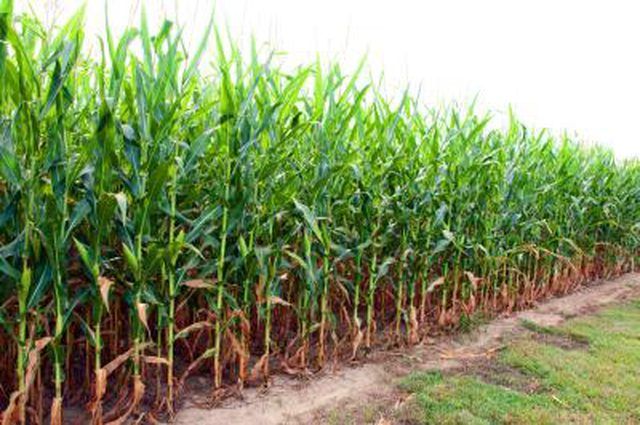Bulbs
Flower Basics
Flower Beds & Specialty Gardens
Flower Garden
Garden Furniture
Garden Gnomes
Garden Seeds
Garden Sheds
Garden Statues
Garden Tools & Supplies
Gardening Basics
Green & Organic
Groundcovers & Vines
Growing Annuals
Growing Basil
Growing Beans
Growing Berries
Growing Blueberries
Growing Cactus
Growing Corn
Growing Cotton
Growing Edibles
Growing Flowers
Growing Garlic
Growing Grapes
Growing Grass
Growing Herbs
Growing Jasmine
Growing Mint
Growing Mushrooms
Orchids
Growing Peanuts
Growing Perennials
Growing Plants
Growing Rosemary
Growing Roses
Growing Strawberries
Growing Sunflowers
Growing Thyme
Growing Tomatoes
Growing Tulips
Growing Vegetables
Herb Basics
Herb Garden
Indoor Growing
Landscaping Basics
Landscaping Patios
Landscaping Plants
Landscaping Shrubs
Landscaping Trees
Landscaping Walks & Pathways
Lawn Basics
Lawn Maintenance
Lawn Mowers
Lawn Ornaments
Lawn Planting
Lawn Tools
Outdoor Growing
Overall Landscape Planning
Pests, Weeds & Problems
Plant Basics
Rock Garden
Rose Garden
Shrubs
Soil
Specialty Gardens
Trees
Vegetable Garden
Yard Maintenance
Corn Plant Life Cycle
Corn Plant Life Cycle. Corn grows easily in a home garden and on large farms during the summer, with sufficient space, soil nutrients and sunlight. The many corn hybrids grow at varying rates and produce different yields, but the life cycle of all corn is the same.
Corn grows easily in a home garden and on large farms during the summer, with sufficient space, soil nutrients and sunlight. The many corn hybrids grow at varying rates and produce different yields, but the life cycle of all corn is the same.
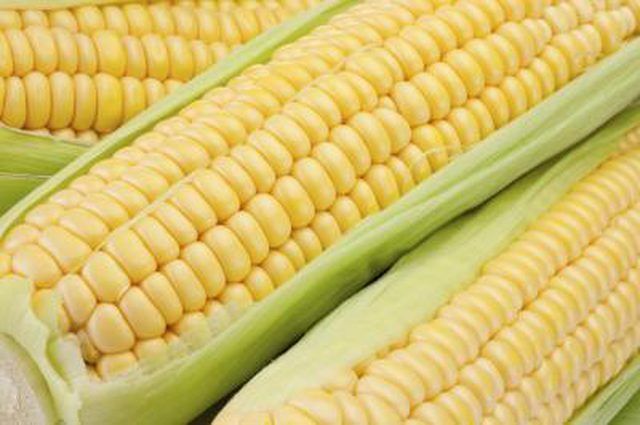
Corn, also known as sweet corn or maize (Zea mays), matures about 125 days after planting, with 20 leaves and one to two ears per plant. A corn plant is called a stalk.
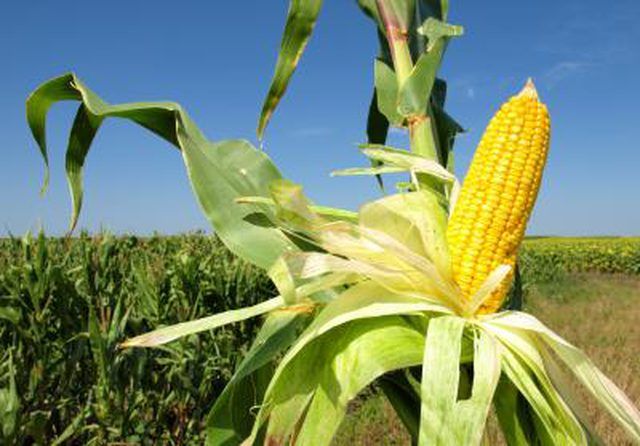
Corn seeds are planted in the ground, where they soak up water and burst the outer covering, called the pericarp. The corn seed, or embryo, sprouts and begins growing. Part of the corn embryo grows into the soil and becomes the root system that absorbs nutrients and water.
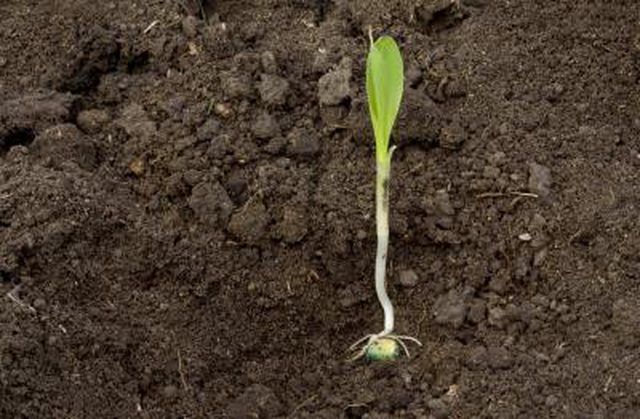
The corn stalk pushes through the soil, forming 15 to 20 broad leaves that absorb energy from the sun through the process of photosynthesis. Photosynthesis converts sunlight, water and carbon dioxide to produce sugar that feeds the growing corn plant.
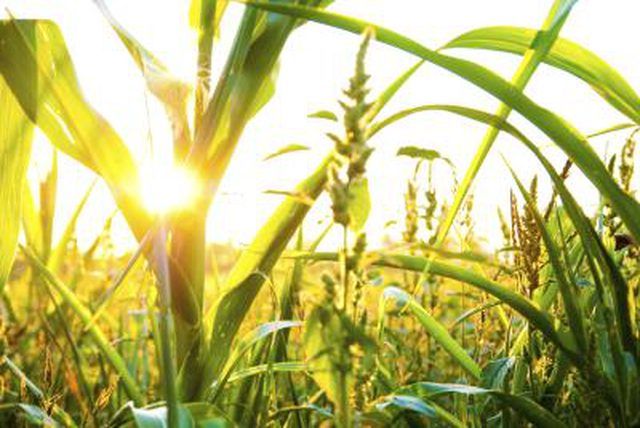
The mature corn plant begins forming ears with tassels on the top of the plant. Pollen on the tassels fall on silks in the juvenile ears. Pollen is transferred to the silks by wind, insects or birds. This produces corn kernels in about five days. Mature corn ears are ready for harvest about 20 days after silking.
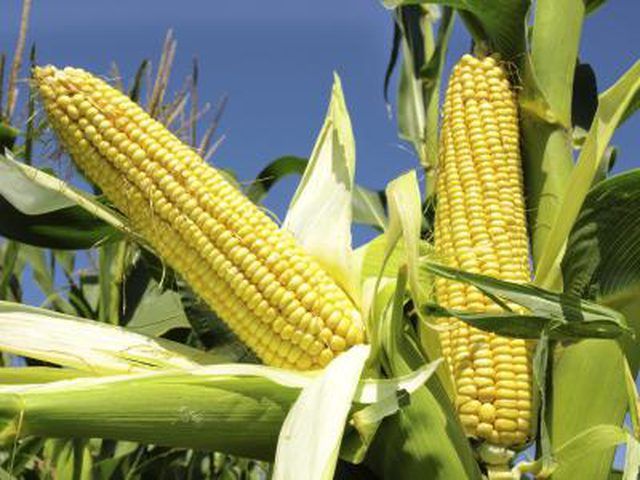
Corn plants are used in industry, cosmetics, food and animal feed. About 75 percent of all commercial food items contain some form of corn. More than 50 percent of corn crops are grown for animal feed.
